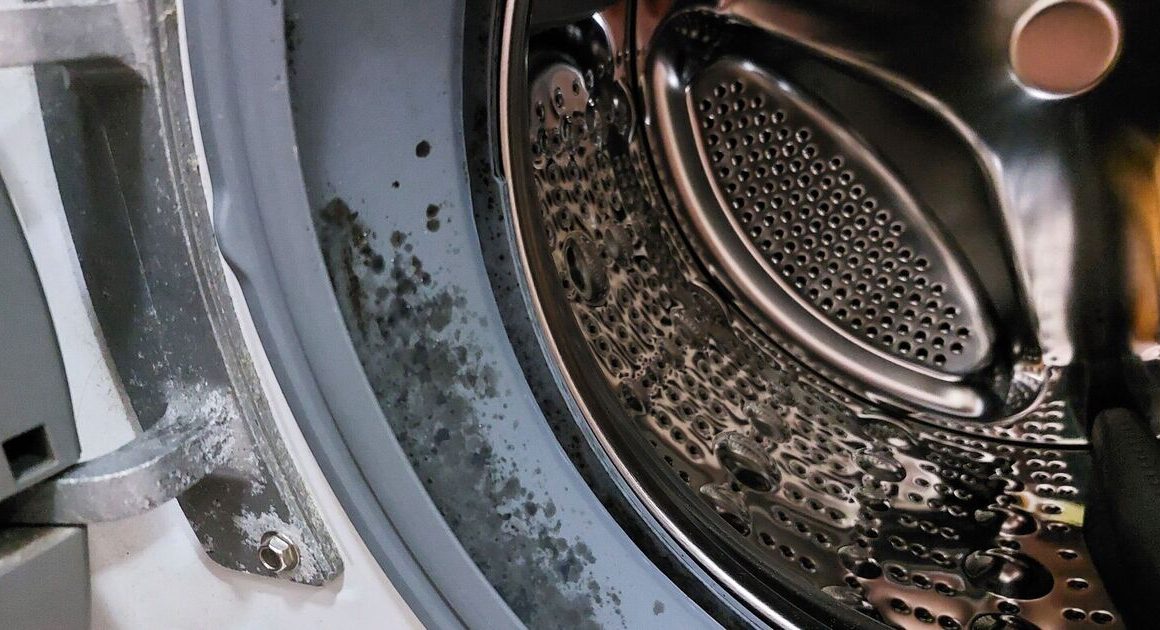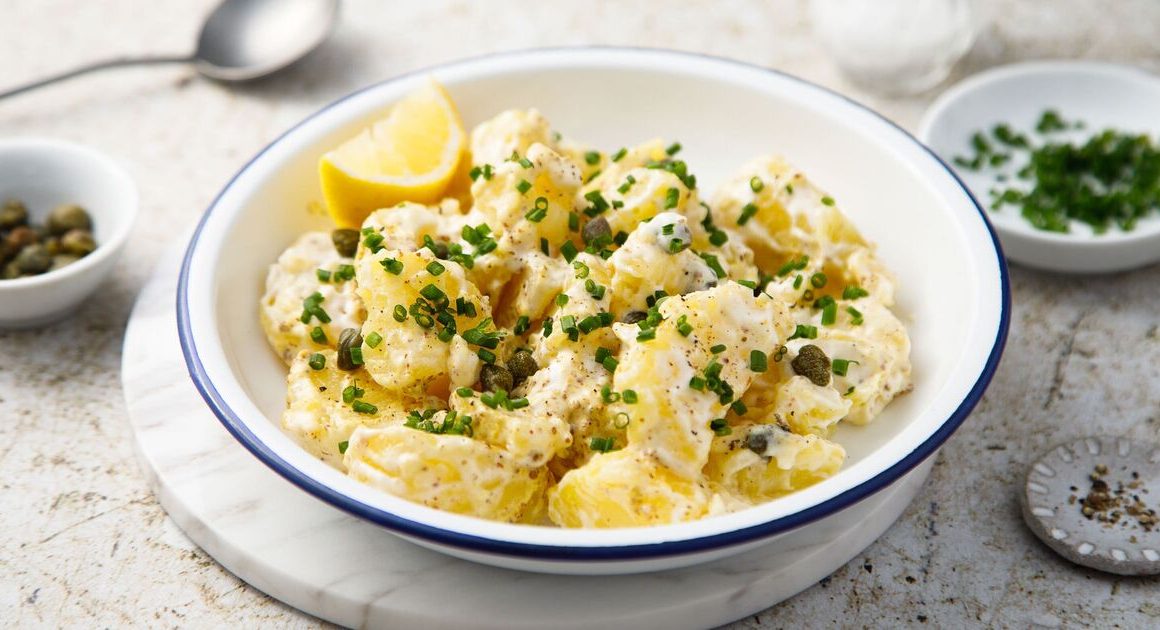Mould is a guaranteed problem for many households in the winter and seems impossible to solve.
While chemical cleaning solutions, white vinegar, and even salt are popular remedies for pesky mould growth indoors, there’s a better alternative.
Horticulturalists hail vibrant houseplants as a trusty remedy. They can significantly reduce humidity in a room, combating the onset of mould naturally.
The prevalence of mould can surge as temperatures drop, posing threats to health, including respiratory issues, allergies, and potentially asthma.
Hence, swift action is paramount. Choosing the right plant with the appropriate care requirements is crucial to keep mould at bay, especially in steam-prone areas like bathrooms or kitchens.
Gardening guru David Domoney has named three “mould buster” houseplants that are perfect additions to any household. In a blog post, David shared his insights: “Using houseplants in rooms prone to mould is a natural way of controlling humidity levels. This is due to the plants absorbing moisture through the leaves.”
He continued, “This is a win-win, because not only will you reduce the risk of mould, but you’ll also have stunning greenery to enjoy in your home.”
English ivy
This humidity-loving plant is well placed in bathrooms or kitchens. English ivy combats airborne mould in moisture-rich areas and greatly benefits airflow. However, it is toxic to pets, so it should be kept well out of their reach.
As for looking after it, David noted: “It’ll grow happily with plenty of bright, indirect light with moist but well-drained soil. Water regularly, checking the top inch of soil and wait until it is dry to water again.”
Palms
Palms are well-placed in empty corners of your home thanks to their extravagant feathered, leafy structure.
They are not only mould deterrents and natural dehumidifiers but also work wonders for purifying the air. With various palms available, there’s one to suit every space. Plus, they’re low-maintenance, requiring watering once weekly or every 10 days.
Position them near a west or south-facing window in winter for bright, indirect light. David noted: “The structure of palms adds elegance to the space, whether in a dining room, living room or adding some greenery to bathrooms. Due to their height, they can be a great houseplant to replace Christmas trees after the festive period is over.”
Snake plant
The snake plant is lauded as the top pick for homes plagued by excess dampness. David highlights its tolerance to both placement and room conditions. It thrives in sunny spots and is adaptable to humid or dry spaces.
This plant variety also helps mitigate the harmful effects of trichloroethylene, found in cleaners, which can prompt headaches or dizziness.
Peace lilies
Peace lilies are a top choice for indoor plants, thanks to their stunning white blooms and lush green leaves. They thrive without direct sunlight, making them perfect for spots away from windows.
David commented: “Perfect for warm, humid environments, they will appreciate watering when the top of the soil dries out. Their love of humid spaces makes them great for placing in areas prone to mould.”











